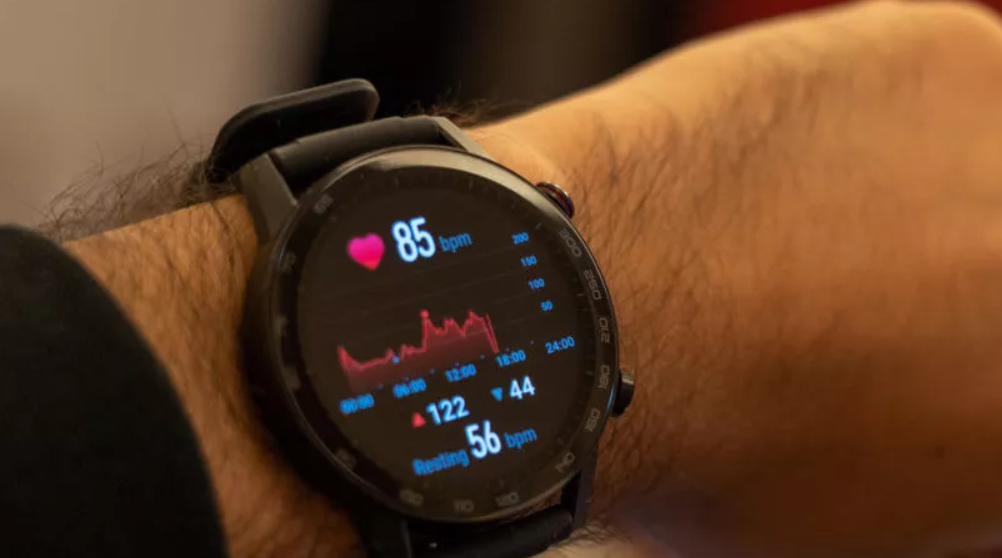Dog yawn, a common and endearing behavior exhibited by our canine companions, has long intrigued pet owners and researchers alike. While it may seem like a simple act, there is a complex interplay of physiological factors behind a dog’s yawn. This article delves into the intriguing world of dog yawns, exploring the physiological reasons that drive this behavior.
The Basics of Dog Yawn
A dog yawn, characterized by a wide opening of the mouth accompanied by a deep inhalation and exhalation, often reveals more than just a sleepy pet. Understanding the underlying physiology can shed light on a dog’s state of well-being.
Oxygen Regulation
One primary reason for a dog’s yawn is oxygen regulation. When a dog takes a deep breath during a yawn, it facilitates the intake of oxygen into the bloodstream, aiding in the regulation of oxygen levels. This is particularly crucial when a dog wakes up from a nap or transitions between periods of rest and activity.
Cooling Mechanism
Dogs do not sweat like humans; they primarily release excess heat through panting. Yawning can also serve as a cooling mechanism. By opening their mouths wide, dogs allow more air to flow over their tongue and the blood vessels within, dissipating heat and helping to regulate their body temperature.
Stress and anxiety
Just like humans, dogs may yawn when they are stressed or anxious. Yawning can be a sign of discomfort, and it often accompanies other stress-related behaviors, such as licking their lips or panting excessively. It’s essential for dog owners to recognize these signs and address the underlying causes of stress.
Communication
Dogs use body language to communicate, and yawns can be a part of their non-verbal communication toolkit. In some cases, a dog may yawn as a sign of submission or to indicate that they are not a threat to other dogs or humans. It can also be a way to defuse tension during social interactions.
Jaw Stretching
Yawning also serves as a natural way for dogs to stretch their jaw muscles. This action helps maintain the health and flexibility of their jaw and mouth, especially after waking up from a nap or a night’s sleep.
Social Bonding
Interestingly, dogs may yawn in response to their owners’ yawns, a phenomenon known as contagious yawning. This suggests a level of social bonding and empathy between dogs and humans, similar to what has been observed in other social animals.
Conclusion
The dog yawn is a multi-faceted behavior with various physiological underpinnings. It goes beyond a simple expression of sleepiness and can be linked to oxygen regulation, cooling, stress, communication, jaw health, and social bonding.
As responsible pet owners, understanding the reasons behind our dogs’ yawns can help us better care for and communicate with our furry companions. So, the next time your dog yawns, remember that it’s not just a sleepy yawn; it’s a fascinating glimpse into the intricate world of canine physiology and behavior.





















